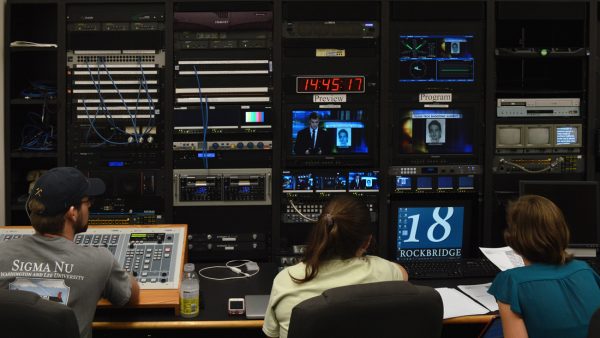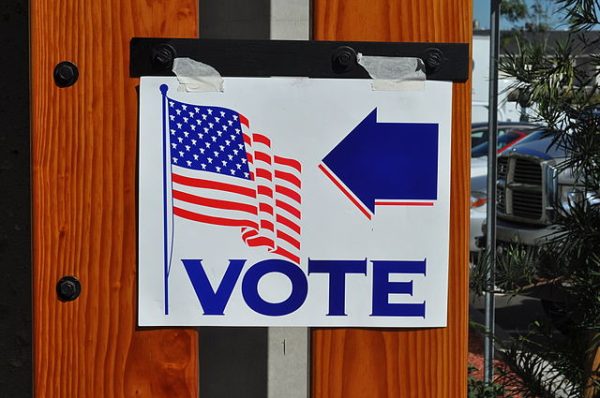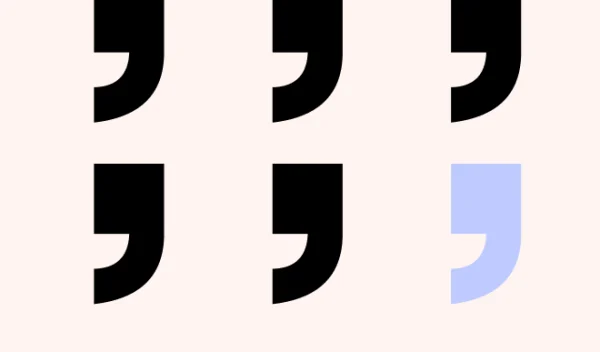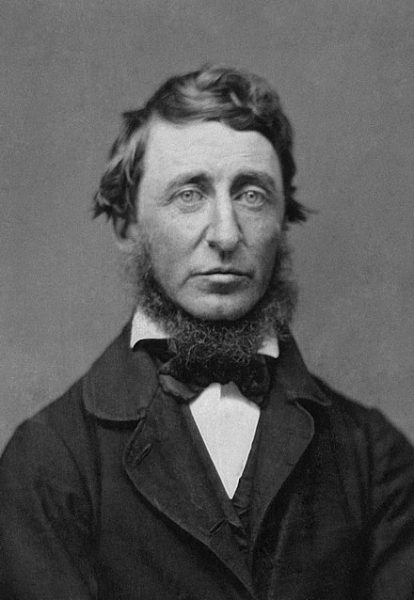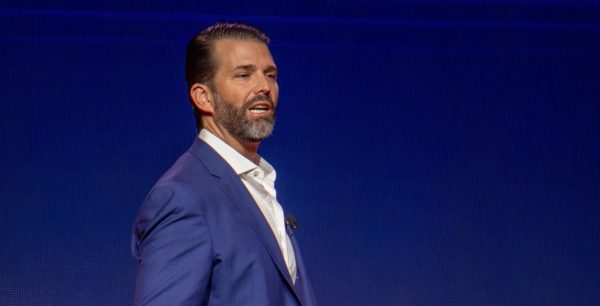Our cultural ideas about gender are wrong
Opinions Editor Josette Corazza, ’20, tackles biological interpretation of gender norms
February 12, 2020
As a society, we have only recently started to challenge gender norms. The longtime prescription to the perceived status quo has been enforced by a basic misunderstanding of biological processes. In order to reconsider gender as a fluid and self-identified concept, we must recognize that our notions of gender norms stemming from the basic process of conception have been misinformed.
Contemporary U.S. culture generally attempts to define gender through the definition and understanding of biologic sex, expecting people to conform to the gender role that biologically corresponds to one of the two widely-accepted sexes (male or female). We see this expectation enforced all throughout our lives within historical, cultural and social channels.
According to the American Anthropology Association, men and women are actually quite similar. There is in fact more variability within than between each gender, yet our culture chooses to ignore these biologic facts in favor of imposing unfounded gender norms.
One may wonder how such strongly enforced ideas about gender norms came to exist in our culture. The perceived “norms” are not based in natural or biological fact, but rather in a societal notion that has, over time, come to be widely accepted.
On the most fundamental level, our biologic understanding of sexuality and gender is skewed by biased scientific jargon. In an essay originally featured in the scientific magazine “Signs,” scholar Emily Martin unveils these prejudices in her compelling study of the way the scientific community writes about conception.
Through her research, Martin finds that the picture of egg and sperm drawn in scientific accounts of reproductive biology relies on stereotypes central to our cultural definitions of gender. She argues that these stereotypes imply that female biological processes are less worthy than their male counterparts, leading to the insinuation that women are less worthy than men. Martin sheds light on the way that scientists treat menstruation as a failure and waste while they celebrate ejaculation and sperm production (which is factually more wasteful than menstruation) as a superior, deeply worthy achievement.
She discusses how in scientific text, the female egg behaves in traditionally feminine forms, and the sperm in excessively masculinized ways. The egg is seen as large and passive and does not move or journey, but passively “is transported,” “is swept” or even “drifts” along the fallopian tube. In complete contrast, the sperm are “streamlined” and invariably active and “strong,” working to “penetrate” the egg.
These terms are couched in gender stereotypes. Anyone reading these scientific depictions would come away with the idea that much like the misogynistic view of women, the egg is passive and helpless, waiting to be rescued by the all-powerful, traditionally masculine-seeming sperm.
Martin argues that recent research actually proves that the sperm and egg are mutually active partners in conception. Sperm are not “strong” warriors whose main function is to penetrate the egg, but rather cells whose strongest tendency is to escape. Sperm, then, must be exceptionally efficient at escaping from any cell surface they contact. And the surface of the egg must be designed to trap the sperm and prevent their escape.
Martin wrote that the incorrect and stereotypical depictions of conception are so widely received and proffered by the scientific community “constitutes a powerful move to make them seem so natural as to be beyond alteration.”
Martin urges that we wake up these biased metaphors and rob them of their power to naturalize our social conventions about gender. In this day and age, when millions of Americans identify as lesbian, gay, bisexual, and transgender, we must break through these ridiculous gender norms to accept the understanding that gender is self-identifiable.
In a tumultuous political climate that holds the power to dictate landmark decisions about these matters, we must all strive to choose our own definitions of gender and stop allowing cultural bias in society to do it for us. This begins with education ensuring a widespread understanding of gender and sexuality. There is no reason for people to remain ignorant of these concepts when they are, in reality, quite simple to understand.



